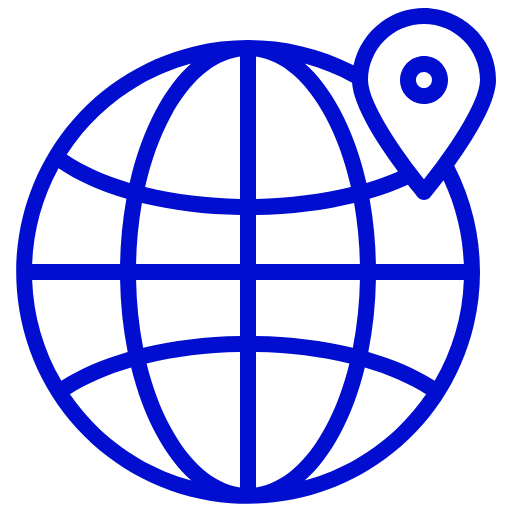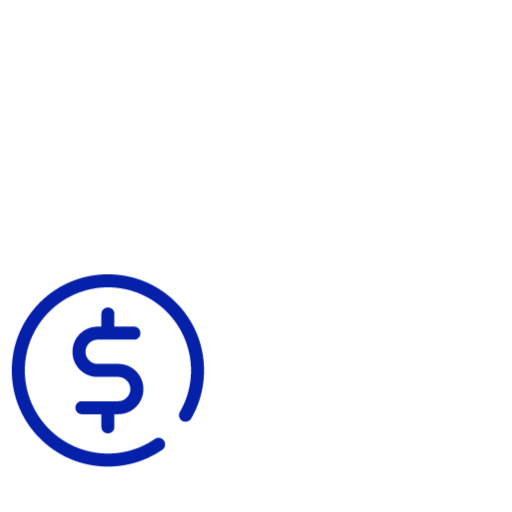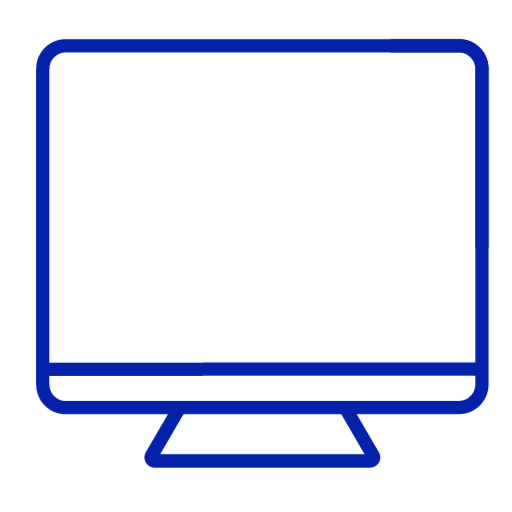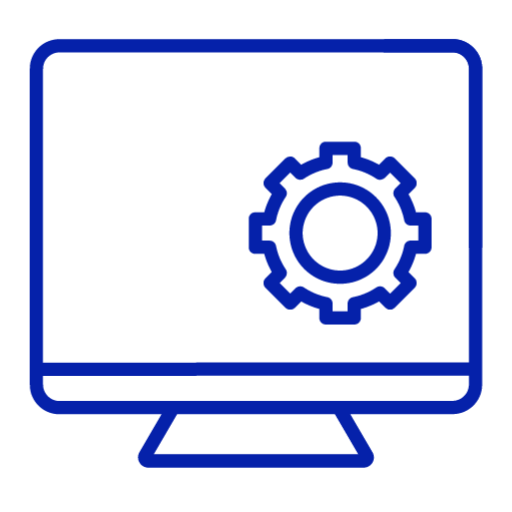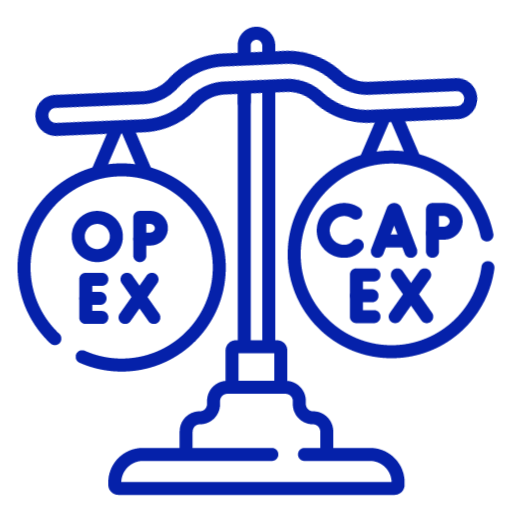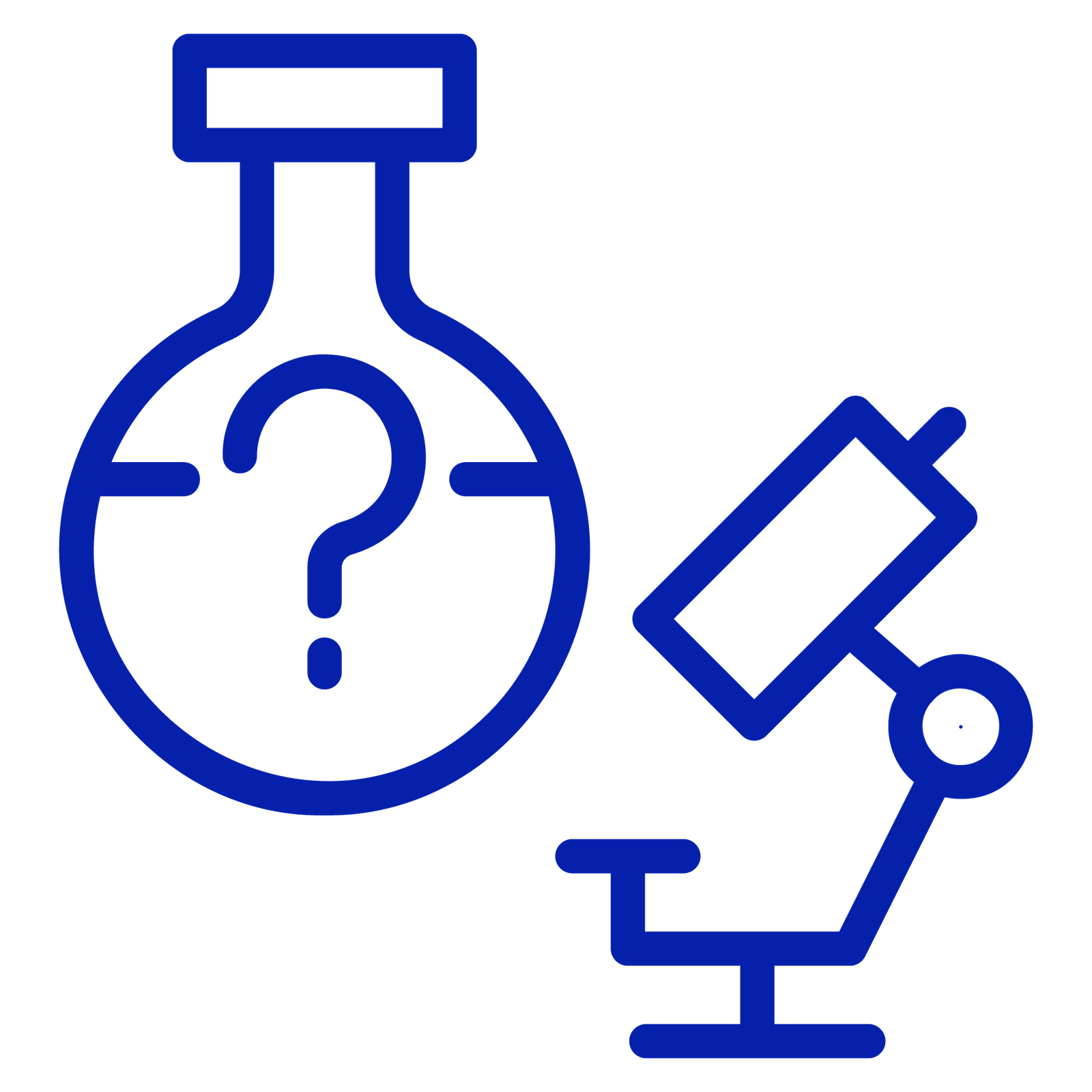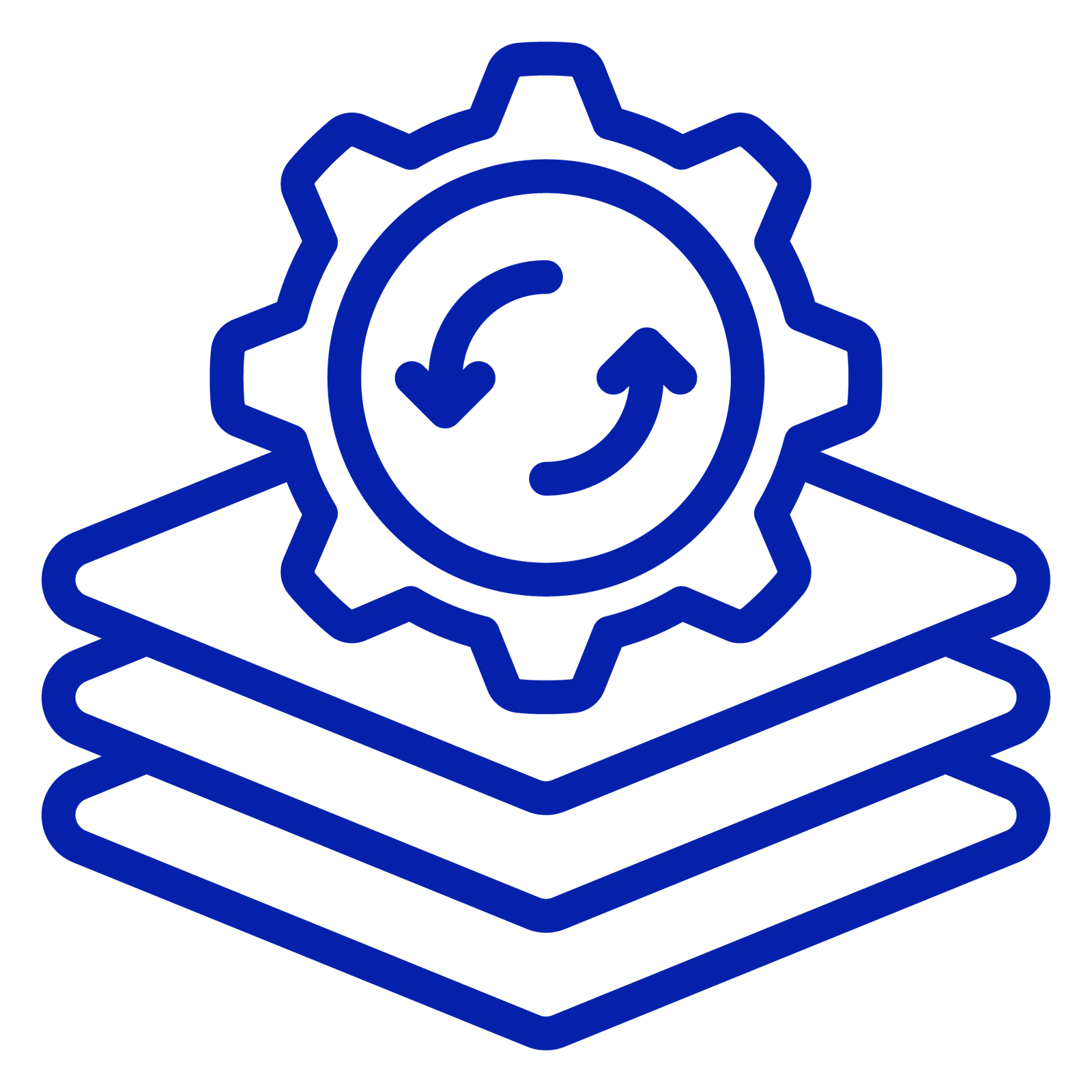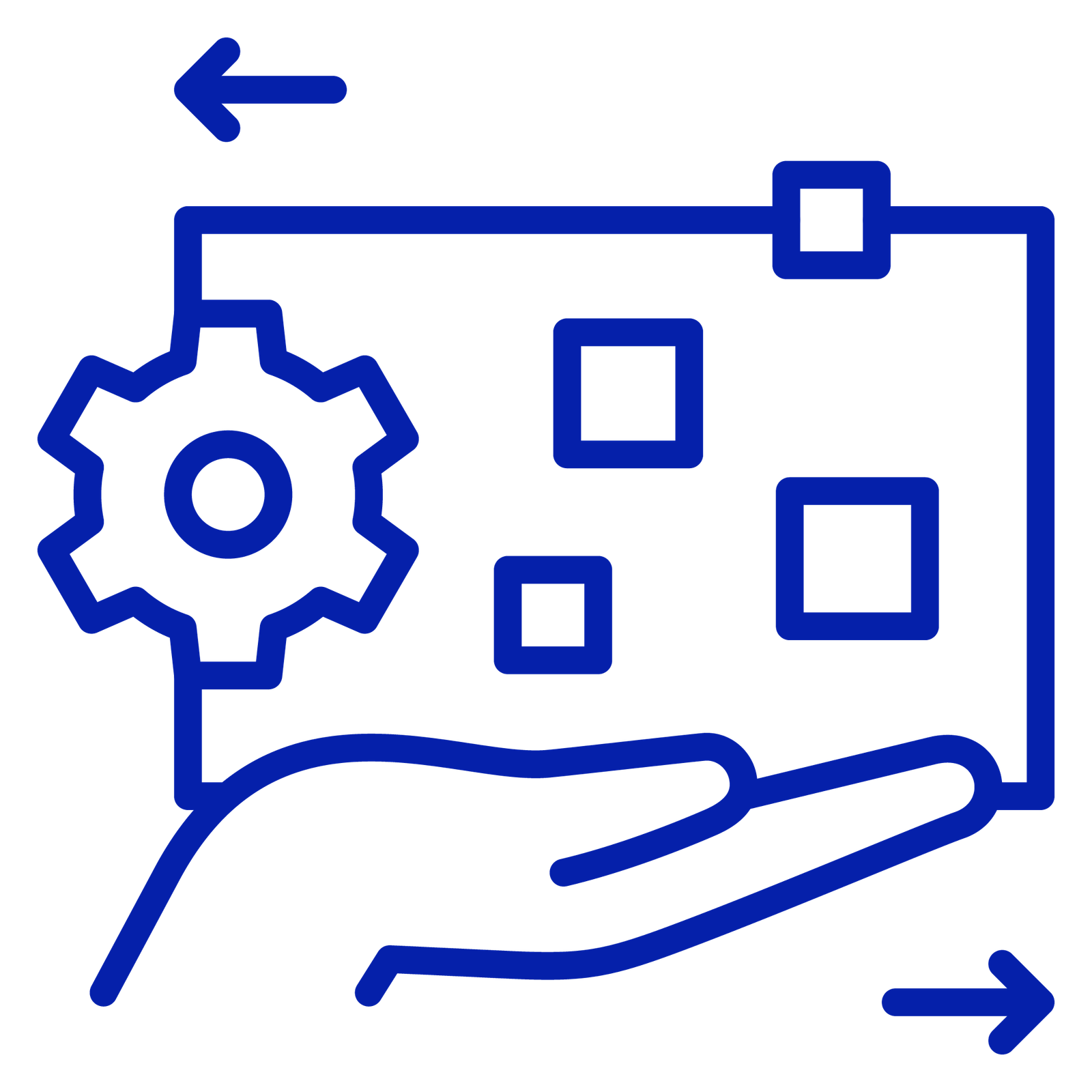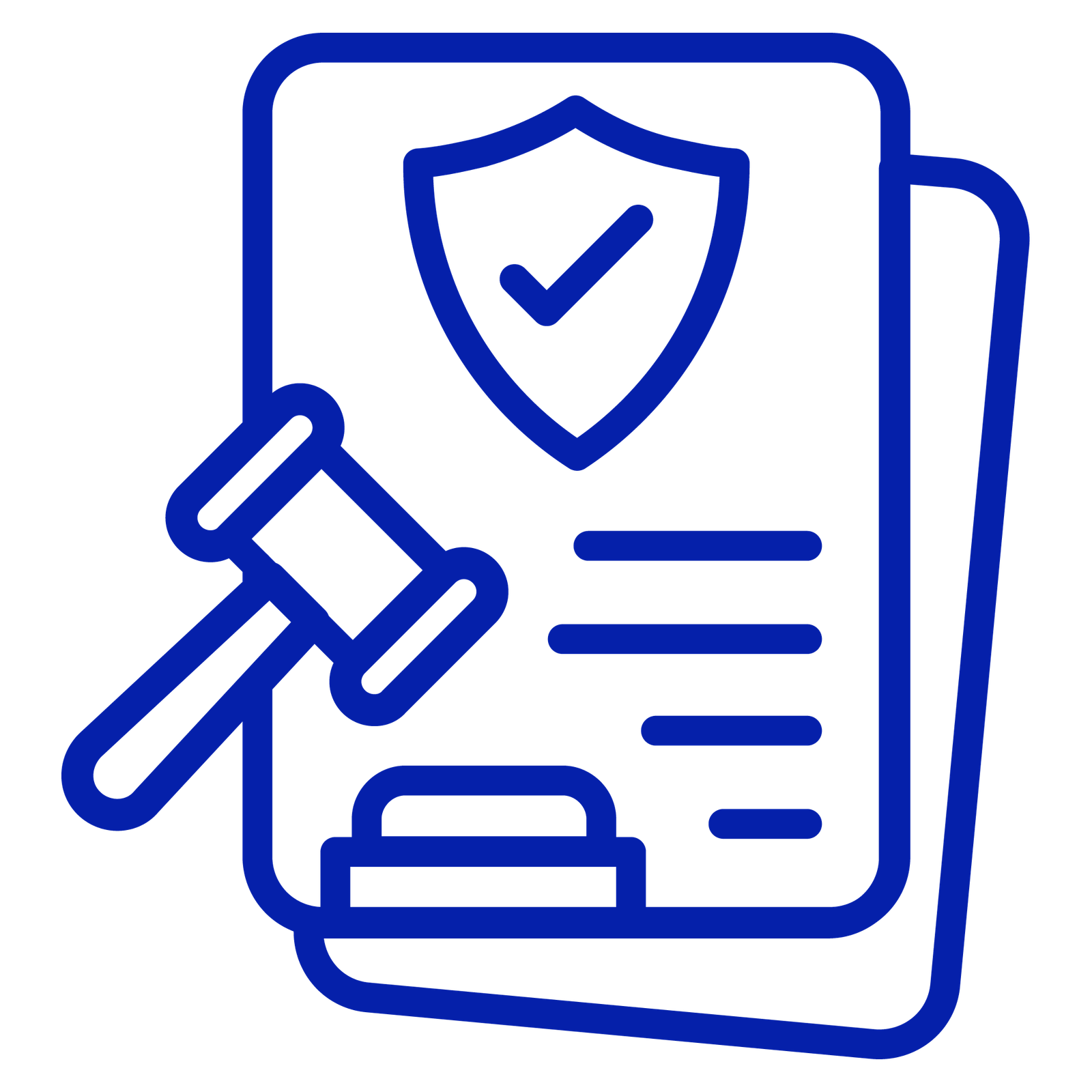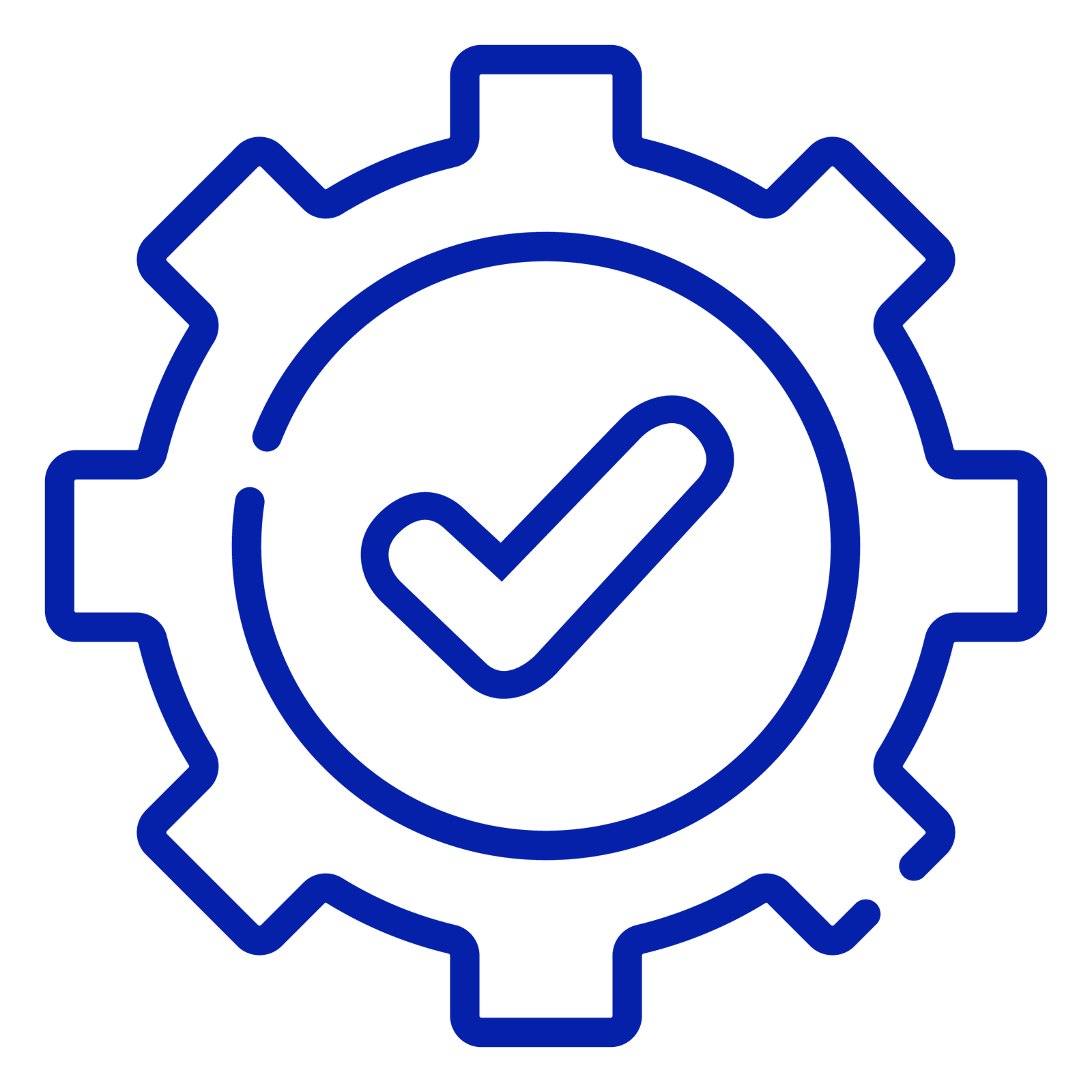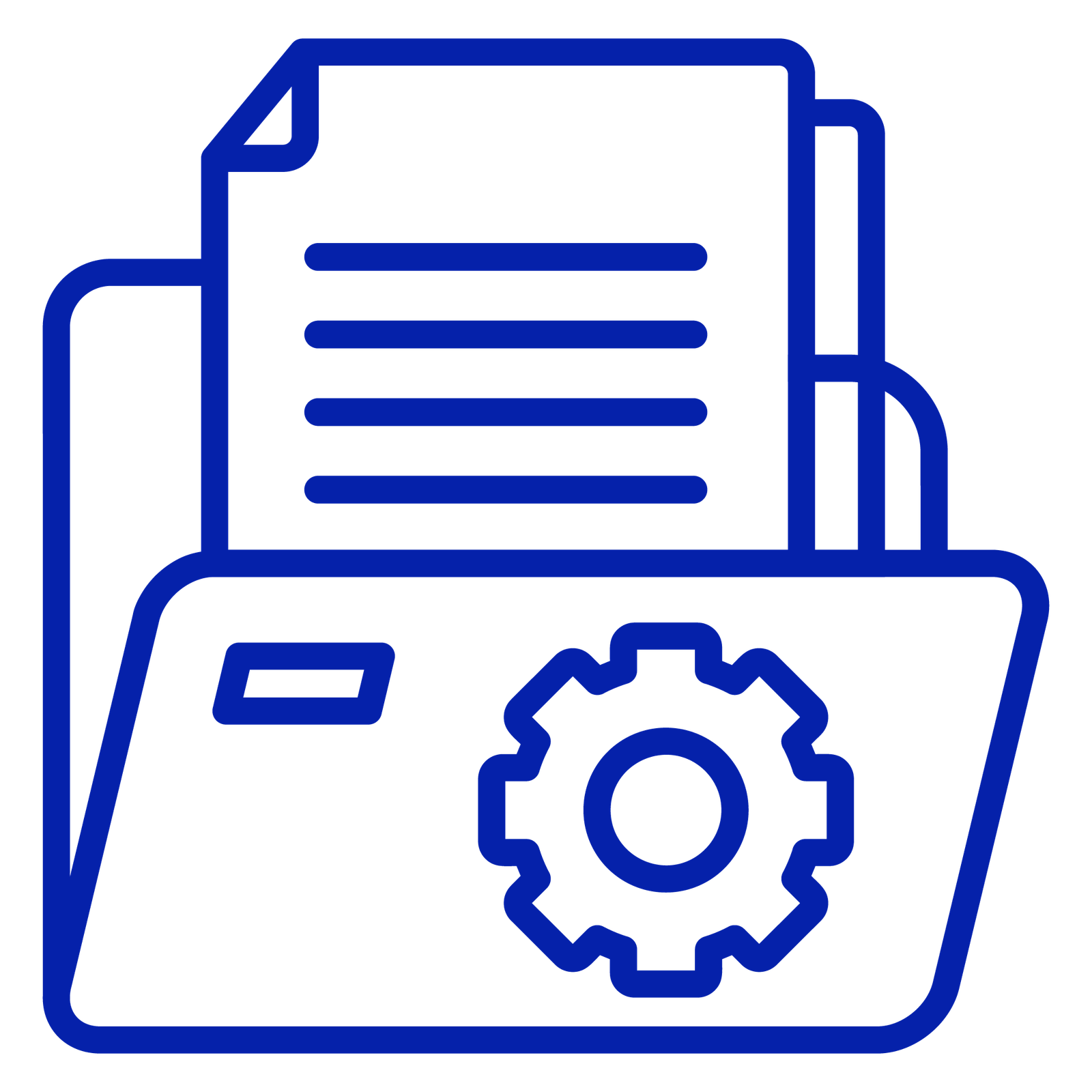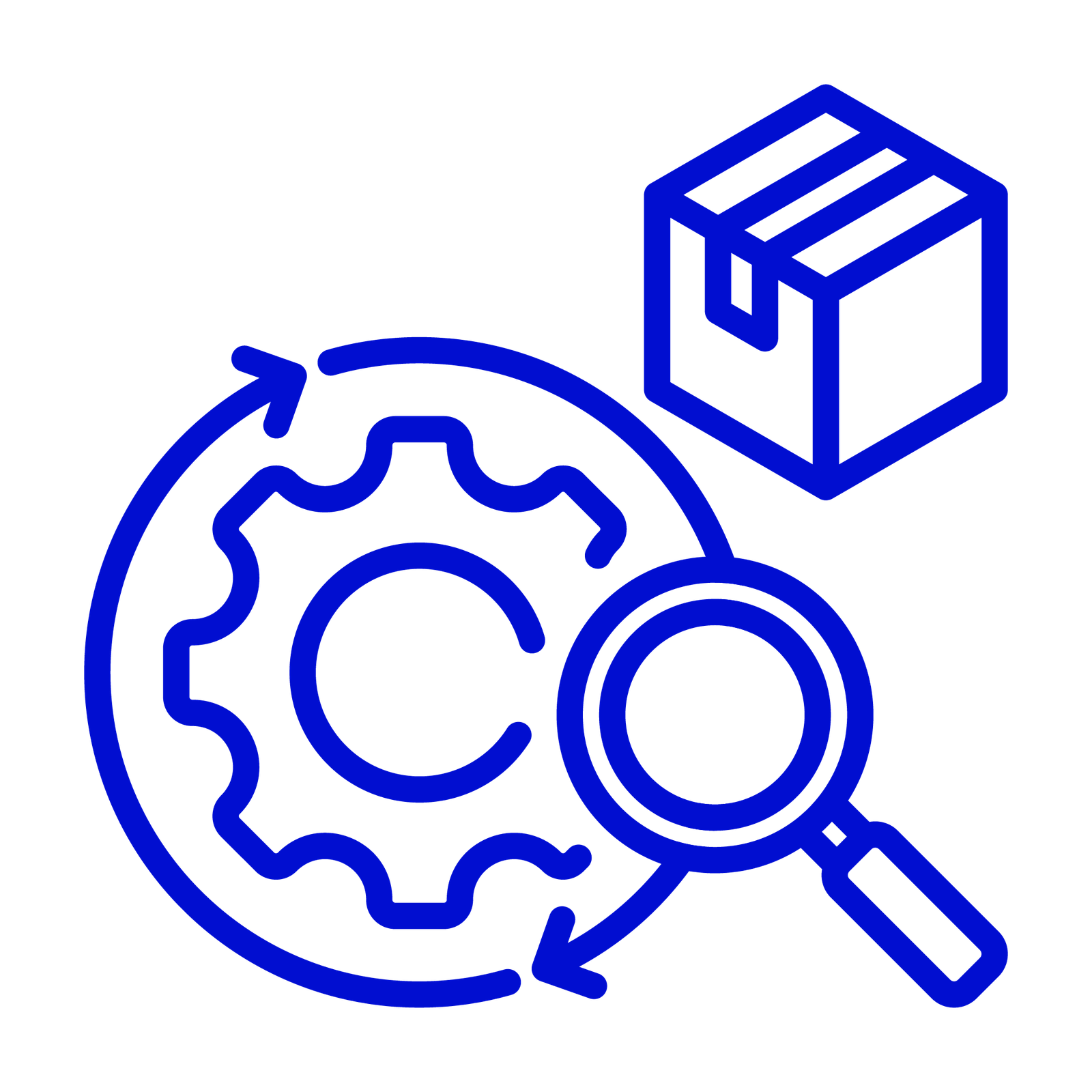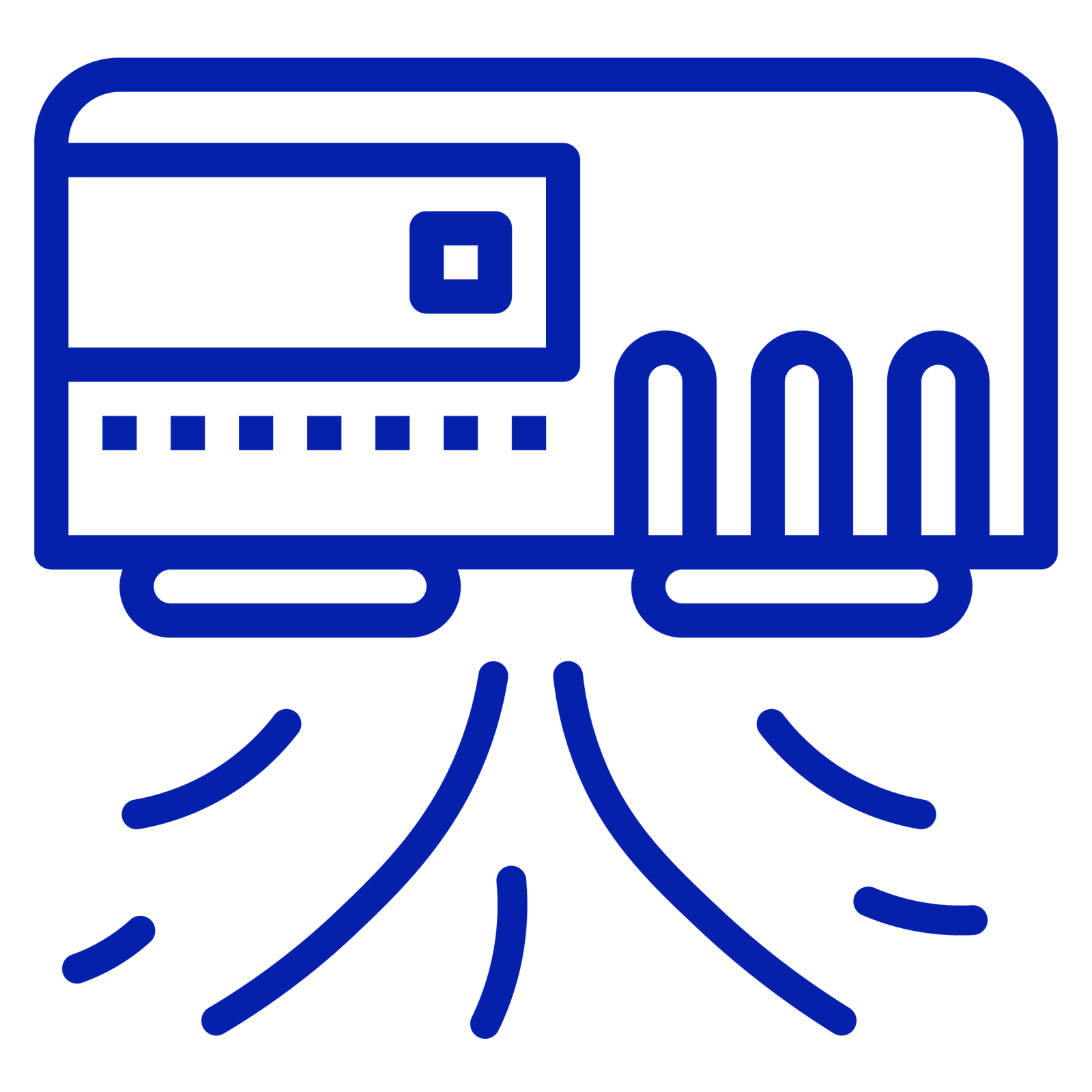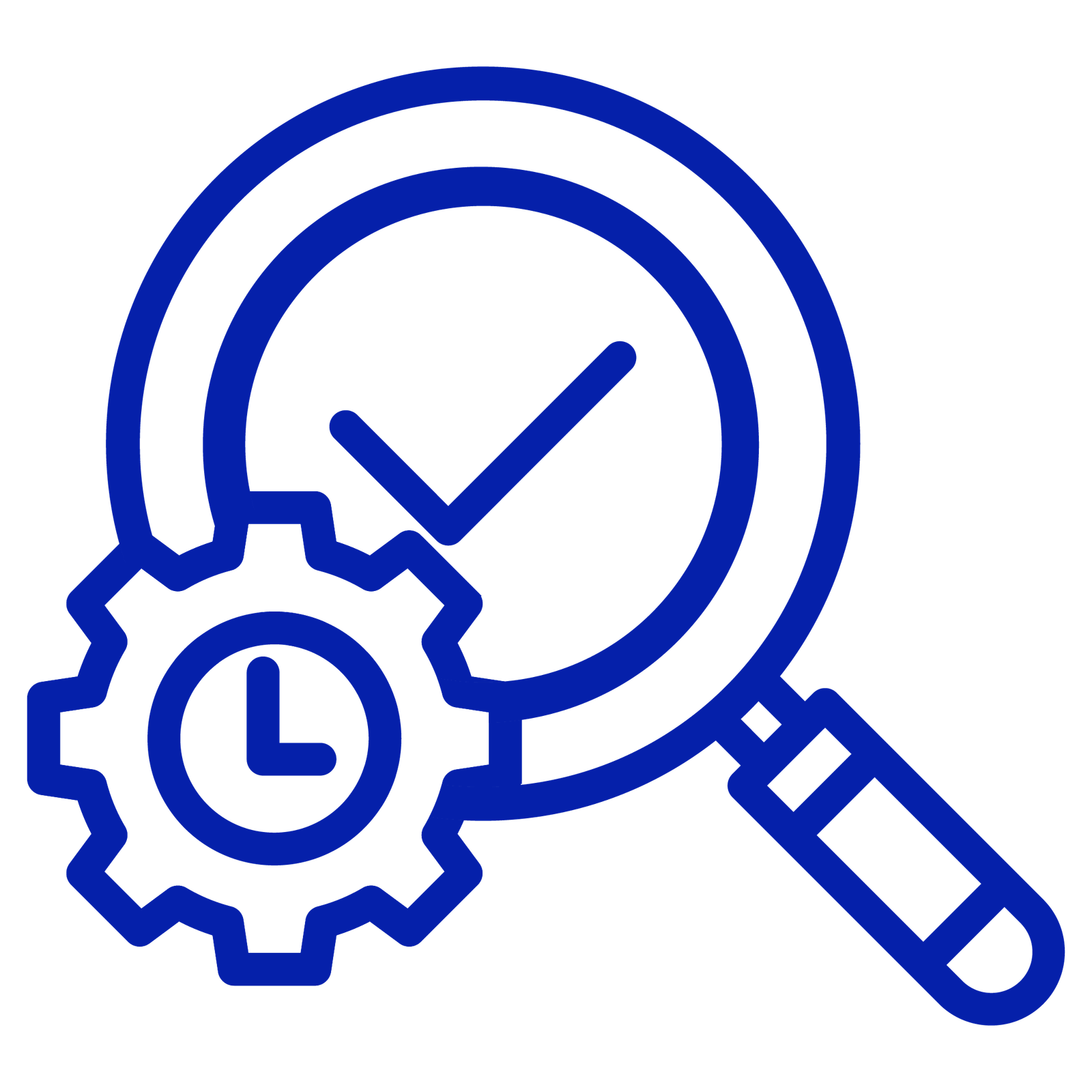Glossary
Regulatory Compliance in Pharma
What is Regulatory Compliance in Pharma?
Regulatory compliance in the pharmaceutical industry refers to the process of ensuring that all operations, from drug development and manufacturing to distribution and post-market surveillance, strictly follow the laws, standards, and guidelines set by regulatory authorities. These bodies include the U.S. Food and Drug Administration (FDA), European Medicines Agency (EMA), Medicines and Healthcare products Regulatory Agency (MHRA), and other regional regulatory agencies.
In simple terms, compliance means doing the right thing, consistently and transparently, and being able to prove it with records, procedures, and validated systems.
Why is Regulatory Compliance Important?
In pharmaceuticals, compliance isn’t just about avoiding fines or satisfying auditors. It’s about protecting patient safety and public health. Regulatory compliance ensures that the medicines people rely on are safe, effective, and of high quality.
For pharmaceutical manufacturers, non-compliance can have serious consequences:
- Product recalls
- Import/export restrictions
- Facility shutdowns
- Heavy financial penalties
- Criminal or civil liabilities
- Damaged reputation and lost trust
That’s why companies invest heavily in systems, processes, and people to stay compliant every day, at every step.
Important Regulatory Frameworks and Standards
Pharmaceutical compliance is not governed by a single rulebook. It involves multiple overlapping regulations and guidelines, depending on the region and product type. Some of the core compliance frameworks include:
1. Good Manufacturing Practices (GMP):
Set by WHO, USFDA, EU, and others, GMP ensures that products are consistently produced and controlled according to quality standards. It covers everything from equipment maintenance to personnel hygiene and process validation.
2. GxP Guidelines:
“GxP” is an umbrella term for various “Good Practice” regulations:
- GLP: Good Laboratory Practices
- GCP: Good Clinical Practices
- GDP: Good Distribution Practices
These guidelines govern different phases of the product lifecycle and ensure traceability, accuracy, and accountability.
3. FDA 21 CFR Part 11:
A U.S. FDA 21CFR Part 11 regulation governing the use of electronic records and electronic signatures. It defines how electronic systems must maintain data integrity, audit trails, user access, and validation.
4. ICH Guidelines:
The International Council for Harmonisation (ICH) publishes widely accepted standards such as ICH Q8 (Pharmaceutical Development), ICH Q9 (Quality Risk Management), and ICH Q10 (Pharmaceutical Quality System) that facilitate global compliance.
What Does Regulatory Compliance Look Like in Practice?
Regulatory compliance is built into the daily operations of pharmaceutical companies. Common examples include:
- Validating and documenting equipment performance before use.
- Maintaining an up-to-date and approved Standard Operating Procedure (SOP) repository.
- Training employees on critical processes and maintaining training records.
- Capturing deviations, managing CAPAs, and implementing changes in a traceable way.
- Ensuring clean audit trails in software systems and secure user access control.
- Periodic self-inspections, mock audits, and internal reviews to detect and resolve non-conformances.
Compliance is both preventive and responsive. It’s about designing systems that minimize errors and detecting issues early when they do occur.
What Does Regulatory Compliance Look Like in Practice?
In modern pharma environments, paper-based systems are giving way to digital solutions that offer better control, faster reporting, and audit readiness. Common tools used to support regulatory compliance include:

